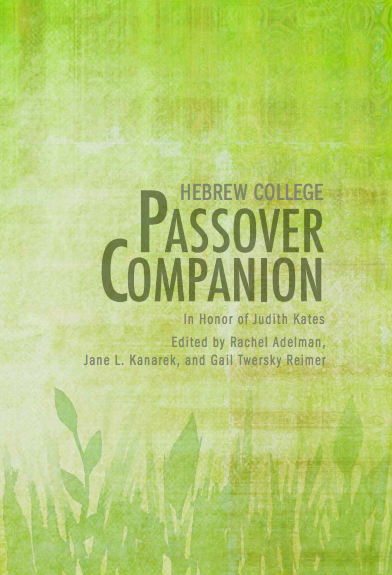On our seder table, we place a cup of spring water—living water, mayyim ḥayyim— Miriam’s Cup. Linked to water from the time that she stood watching over her brother Moses at the Nile, Miriam the prophetess led her people in song and dance at the crossing of the Reed Sea. She sings in response to water, and a miraculous well of water travels with the people in response to her song, forming “a kind of songline through the wilderness.” Created on the twilight of the eve of the first Shabbat (Pirkei Avot 5:6), Miriam’s miraculous well followed Israel for their forty-year journey through the wilderness, healing and sustaining the people. Wherever it rolled, Avivah Gottlieb Zornberg teaches, it sang “with an unheard music.”1
The connection between the well and Miriam’s song creates a linkage between water and music, between memory and melody. It is as if the itinerant well encodes the Song at the Sea, keeping the memory of these dancing women alive. It also suggests the paradoxical nature of the experience, joining the hardness of the rock that Moses strikes with the fluidity of water that flows from Miriam’s well, bitterness with sweetness. This connection of opposites is, as Zornberg teaches, one of Miriam’s gifts to the people.2 When Miriam dies, the well dries up (B. Taanit 9a), and with it some memory of the song. Through Miriam’s cup and the other named cup on our seder table, the cup of Elijah, we proclaim our faith that we will one day remember and revive Miriam’s song, its unheard music ushering in the messianic era.
1Avivah Gottlieb Zornberg, The Particulars of Rapture: Reflections on Exodus (New York, 2001), 241.
2Zornberg, Particulars of Rapture, 232.
2Zornberg, Particulars of Rapture, 232.



